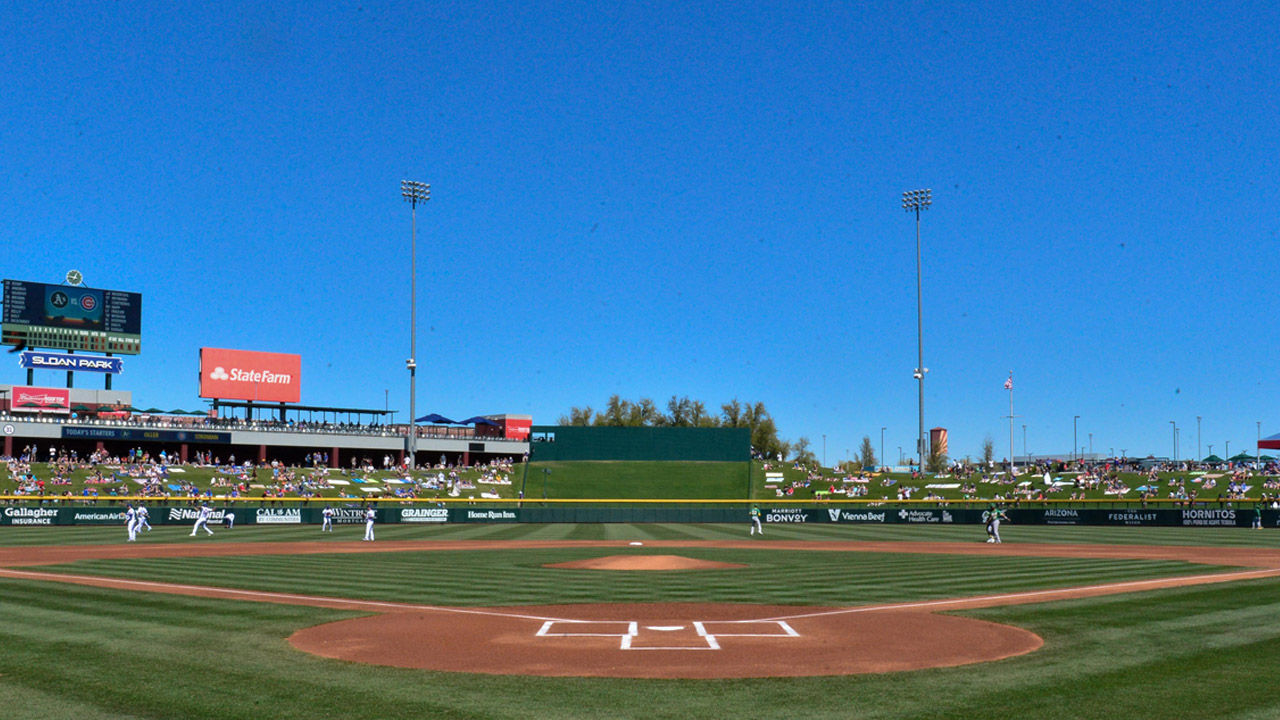Barrel racers Sherry Cervi and Lisa Lockhart explain the rapidly growing sport.
"Who does not love a horse race?"
That's what barrel racer Lisa Lockhart of Montana said in an exclusive interview with NBC when detailing all the reasons she loves being a professional rodeo cowgirl.
Barrel racing, a rodeo event introduced in 1948, was founded by a group of women from Texas who were trying to find a place in the wider sport of rodeo.
While the event's popularity has grown, and so have the paychecks, there are still numerous reasons the lifestyle is not sustainable for most.
Here, we delve into the truth behind barrel racing:
What is barrel racing?
Speed, speed and more speed.
Sports
The rodeo event is all about a horse and its rider attempting to win a cloverleaf pattern around placed barrels as fast as possible.
"It is a fan favorite for the crowd because it is a very simple concept of what it all entails," Lockhart said.
Feeling out of the loop? We'll catch you up on the Chicago news you need to know. Sign up for the weekly Chicago Catch-Up newsletter.
The skills, however, go way beyond pace as a horse's athletic ability and the ability of the rider are greatly tested in order to safely maneuver around the course. The horse must also be strong, smart and agile to "hug the barrels" as it cruises through the pattern with precision.
"I think what draws people is how pure and real [barrel racing] is. There is nothing fake about ranching," barrel racer Sherry Cervi said. "You have to take care of your animals."
While the event is mainly for women at the professional level, both sexes can compete at the youth and amateur levels.
Times are measured in one of two ways. Either by electric eye, a laser-like system that records times, or by a judge who uses a flag to indicate when to start and stop the clock.
The cowgirls credit the hit series "Yellowstone" as one of the ways the public has learned more about Western culture and ranch life.
"It has made being a cowboy cool!" Cervi said.
How much can barrel racers earn?
The more you win, the more you earn. It's as simple as that.
The payday goes beyond winning, however. There are numerous expenses riders have to take care of, including travel, lodging, meals, caring for the horse and more.
"To sum it up – if you’re one of the nation’s top barrel racers, you’ll be doing well to just break even," according to BarrelRacingTips.com.
The site also notes that the average regular season winnings between the top 15 was $97,210.
"It is a very, very expensive sport we live in. There are no guarantees. So we are not guaranteed a paycheck at any time, at any rodeo we participate in," Lockhart said. "So when an announcer says, 'Give 'em a round of applause because that's what they're going home with,' they're not wrong."
Despite the hefty expenses, Lockhart believes the money within the industry is growing.
"There really has been a turnabout the past few years," Lockhart said. "It is getting to where it is allowing contestants to actually have a decent income."
What is the lifestyle like?
Because barrel racing is part of most rodeos, there are weekends where there are numerous events in a weekend -- especially in the peak season (July, August and September).
The overlap of events causes riders and their horses to "plan [the schedule] by the hour," forcing teams to sometimes travel through the night to get to the next event.
Another layer of the lifestyle is keeping your horse, "your athlete," healthy and cared for, Cervi says.
The Arizona native also details how the day-to-day is "not glamorous at all."
"A lot of alone time, you miss your family, there are a lot of sacrifices that are made that people don't maybe see on TV," she said.
But what helps make the lifestyle more affordable are the sponsors, the pro admits. Especially when it comes to equipment expenses.
"To be able to do what I love … I think it's like any other career you choose. You put 110% into it and it will payoff at the end," Cervi said.



